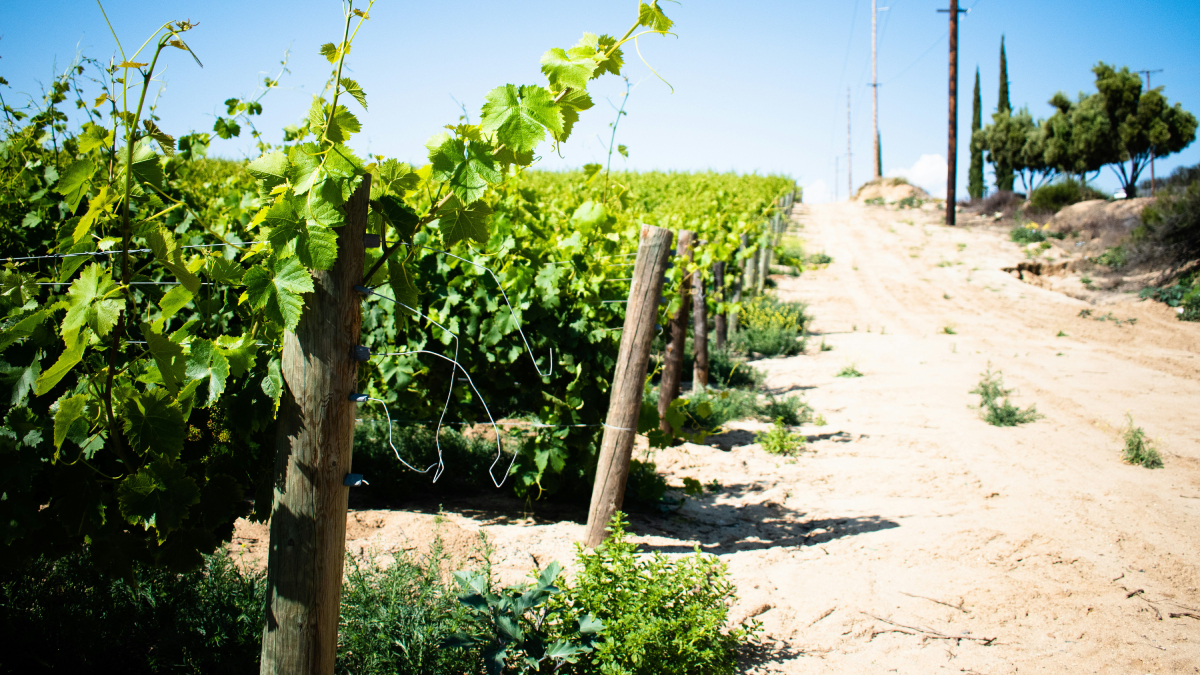Plants living in the shadows grew faster when exposed to excess carbon dioxide. But this short-term effect could vanish in a high-emission-induced warmer future, making the forest a carbon source.
plants
Climate Change Threatens 70% of Winemaking Regions
In regions where natural resources are scarce or economies depend on producing certain wines, adapting and diversifying grape crops is easier said than done.
التربة المكهربة تزيد نمو النباتات
خمسة أيام من الكهرباء المنخفضة الجهد الموجهة إلى جذور النباتات الناشئة عززت نموها بأكثر من 50 بالمئة.
The Open Ocean, Aerosols, and Every Other Breath You Take
Phytoplankton and other marine plants produce half of Earth’s atmospheric oxygen and have big effects on food webs and climate. To do so, they rely on nutrients from the sky that are hard to quantify.
Urban Nature Is Often Plentiful but Inaccessible
A novel research framework deepens understanding of urban nature accessibility and highlights progress toward green space goals.
Climate Models Often Miss How Plants Respond to Drought
New research suggests that Earth system models are underestimating the effect of low moisture levels on plants’ abilities to exchange carbon, water, and energy with the atmosphere.
Electrified Soil Powers Plant Growth
Five days of low-power electricity directed to the roots of young plants boosted their growth by more than 50%.
Looking for Climate Clues in China’s Great Wall
Looking for Climate Clues in China’s Great Wall
In northwestern China, desert conditions have preserved the farthest reaches of the Great Wall. Scientists are now exploring 2,000-year-old building materials for signs of the region’s past climate.
Climate Change Threatens the Future of Wild Rice
As a precious plant struggles to thrive in the U.S. Upper Midwest, researchers are taking steps to understand the reasons for its decline.










